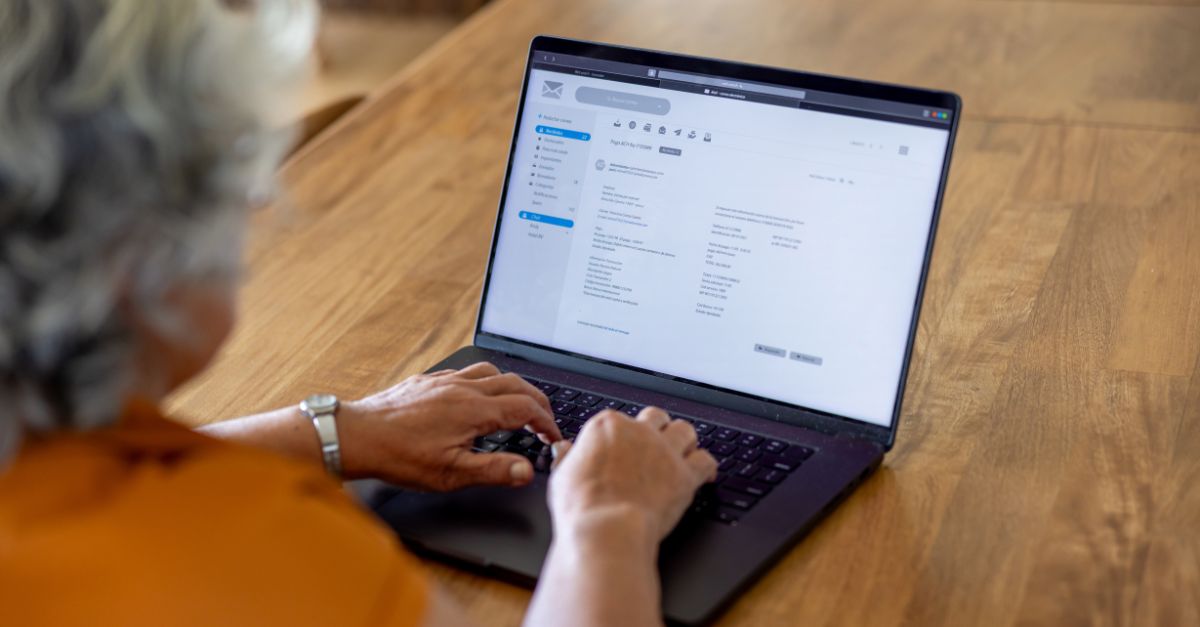Many businesses rely heavily on external companies. However, these vendors can also introduce cybersecurity risks if their systems and policies are not properly vetted.
Recent high-profile data breaches have shown that attackers often gain access through vulnerabilities in a company's supply chain or network of partners. That's why thoroughly evaluating and monitoring your external vendors is critical for managing third-party cyber risks. This article provides the best practices for assessing potential vendors to minimize risk exposure.
Background Checks
Performing comprehensive background checks on vendors provides initial vital insights into a vendor's security track record and reliability. Conduct extensive searches on the company name to uncover any past security incidents, legal issues, or unethical behavior that may raise red flags.
It is important to run thorough checks on key executives and cybersecurity staff as well, including criminal records, employment history, and qualifications verification. Explore if the company properly screens employees through background checks and employment verification. Closely examine the vendor's financial statements and resources to determine if they are capable of maintaining effective security and fulfilling contractual obligations long-term.
Detailed background checks can reveal critical information like cyber staff turnover, regulatory violations, lawsuits and financial problems that may indicate the vendor poses significant cyber risks.
Questionnaires and Assessments
When evaluating a potential vendor, it is essential to have them fill out a detailed cybersecurity questionnaire or assessment. This provides visibility into their security practices and posture. Safeguarding communications both internally and externally is essential. This is particularly true when a business is tasked with managing and verifying digital identities, as well as automating, authenticating, and encrypting data exchanged across multiple platforms. These steps are crucial to building trust between a business, their clients and any stakeholders.
Key questions to ask include:
- Do they have a formal security policy in place that's regularly reviewed and updated?
- What technical controls do they utilize—firewalls, intrusion detection, encryption, multi-factor authentication etc.?
- Are there defined procedures for incident response, disaster recovery, and business continuity?
- Have they achieved any recognized security certifications like ISO 27001or obtained a SOC 2 audit report?
- How do they screen their own employees and limit access to sensitive data?
- Do they provide security awareness training?
Understanding the vendor's security standards, compliance, and capabilities upfront is crucial for determining potential risks. Follow-up is key if any responses are vague or unsatisfactory.
Utilizing Virtual Assistants
With security teams often overburdened, leveraging virtual assistants can help streamline the vendor vetting process. Virtual assistants can conduct initial research on vendors, gathering information on their capabilities, reputation and potential risks through comprehensive web searches.
They can assist with organizing and sending security questionnaires, following up on unclear or incomplete responses. For reviewing contracts and agreements, VAs can flag areas of concern to bring to the security team's attention, like data protection clauses. VAs can also aid with ongoing monitoring by creating alerts for security incidents or changes that require attention.
Security teams provide the strategy and judgement while VAs handle the time-consuming tasks of research, follow-ups and monitoring. This allows security professionals to focus their limited time on the highest risk vendors whilst benefiting from the tireless support of capable virtual assistants.
Audits and Site Visits
Don't just take a vendor's word when it comes to their security posture. Validate their claims by conducting on-site audits and inspections. Schedule visits to see first-hand how the vendor implements security controls like physical access restrictions, firewall configurations, employee screening procedures, and data encryption.
If a vendor has a remote office, ensure they comply with recommended privacy and security concerns. If the responsibility for managing the company’s data is down to your business, prioritize issues, including:
- Strong user authentication
- Secure email systems to avoid malware/ransomware attacks
- Staying alert to phishing scams.
Request internal and external audit reports that can verify policy compliance, attainment of security certifications, and whether issues were identified. If the vendor handles sensitive data, require them to get an independent SOC 2 audit report on their security practices.
Well-documented audits by qualified professionals provide assurance that proper controls are in place. Additionally, conduct vulnerability scans and penetration tests to reveal any exploitable weaknesses. Uncover deficiencies early rather than after a breach. Audits and site visits are invaluable for gaining visibility into actual vendor security.
Ongoing Monitoring
The vendor vetting process does not end once they are onboarded. To manage third-party cyber risks, ongoing monitoring of vendor security is essential. Establish procedures for regular check-ins and reviews to verify that vendors adhere to policies and contractual security requirements.
Require vendors to submit updated audits and security certifications annually. Periodically send new cybersecurity questionnaires and conduct on-site assessments to check that security controls continue to meet the required standards. Monitor for data breaches or compliance violations involving the vendor. Set up alerts using the company’s name and domain to receive notifications about potential incidents or negative press.
Consider requiring risk assessments before vendors undergo major technological changes. Change control procedures should mandate security team approval. Monitor financial health to detect conditions impeding security obligations. By proactively monitoring vendors, issues can be addressed before causing a breach. Don't assume vendor security assessed at onboarding will persist indefinitely without oversight. Diligent monitoring is vital for managing evolving third-party cyber risks.
In Conclusion
As businesses are increasingly interconnected through digital partnerships and vendor relationships, managing third-party cyber risks has become imperative. Companies can no longer solely focus security efforts internally; vulnerabilities introduced by vendors and partners provide attractive attack vectors for threat actors. That is why a proactive approach to vetting and monitoring external entities is critical.
Conducting detailed assessments through questionnaires, background checks, and on-site audits provides visibility into vendor security policies, controls, and compliance. Reviewing contracts ensures security requirements are codified. Ongoing monitoring helps detect issues arising after onboarding. While essential, vendor security management strains already overtaxed cybersecurity teams.
Virtual assistants can provide invaluable support by handling tedious but necessary tasks like research, assessments, and monitoring. With rigorous vendor vetting and monitoring best practices in place, companies can engage outside services and technologies while minimizing their exposure. The stakes are far too high to neglect evaluating third parties. A compromised vendor provides a stepping stone to catastrophically compromise your business.
Note: This blog article was written by a guest contributor for the purpose of offering a wider variety of content for our readers. The opinions expressed in this guest author article are solely those of the contributor and do not necessarily reflect those of GlobalSign.







